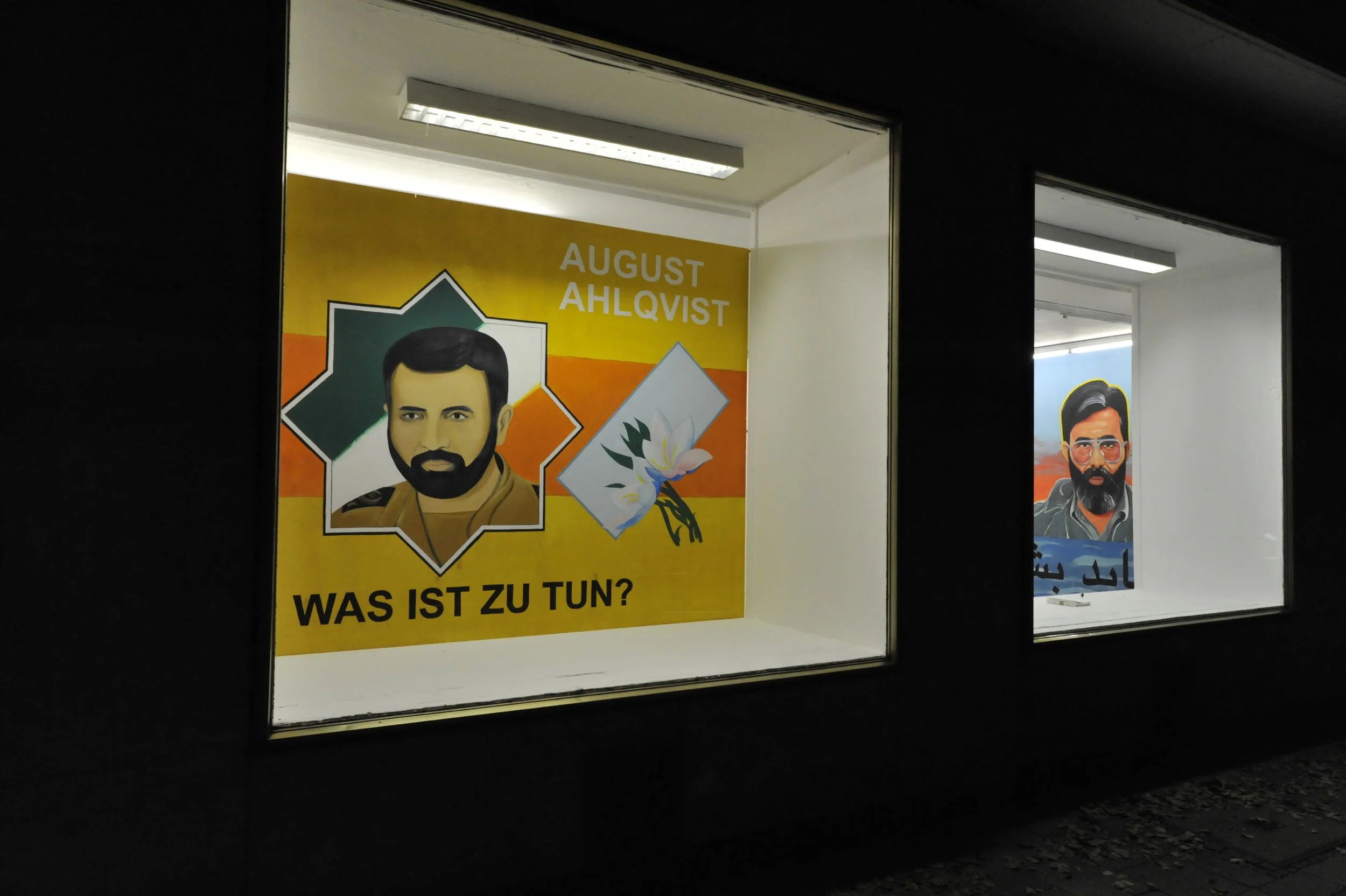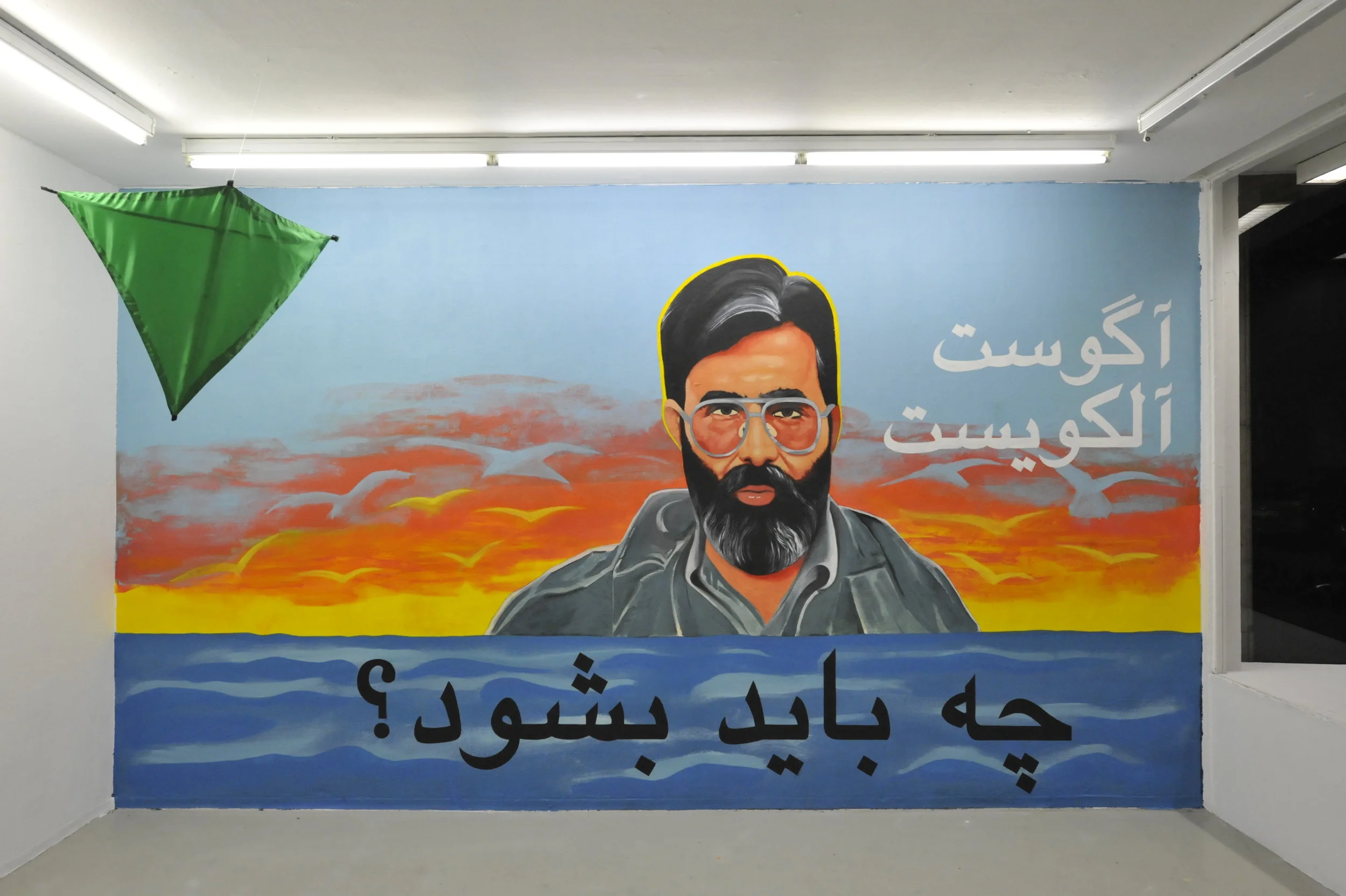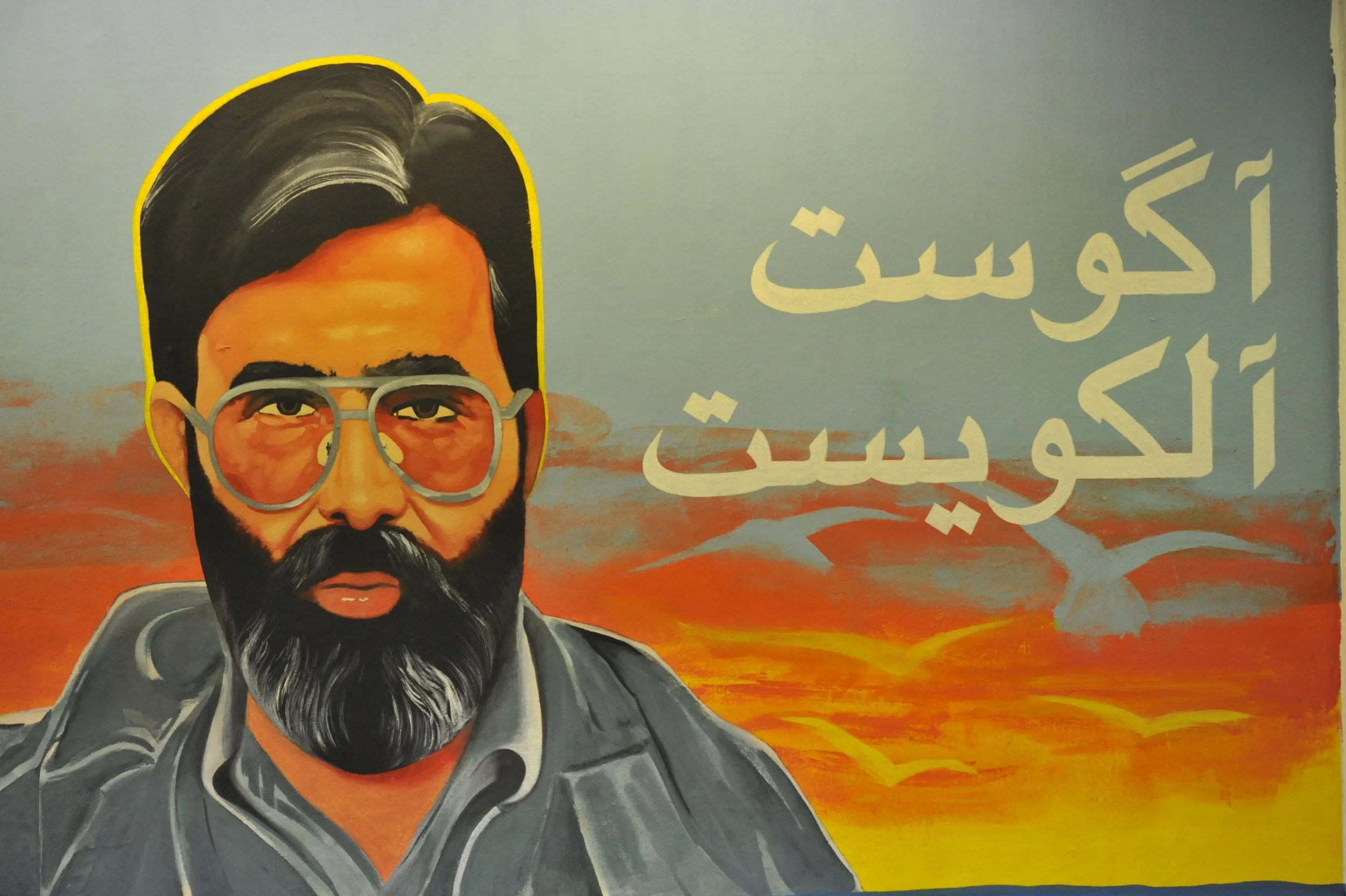Ahlqvist: What is to Be Done?
(2010)
An exhibition by August Ahlqvist
Installations with wall paintings, kite and a video
dimensions variable
What is to be done? or Chto delat’?, by Nikolai Chernyshevsky, originally published in imperial Russia in 1863, it quickly became ”a guidebook to revolution disguised as a soap opera” and it is said to be the most influential Russian novel of the nineteenth century: ”For Chernyshevsky’s novel, far more than Marx’s Capital, supplied the emotional dynamic that eventually went to make the Russian Revolution.” But we are not reading it anymore, in 2010. Actually, if What is to be done? reminds us of something, it is probably because of another text by the same name, a political pamphlet written in 1902 by Vladimir Lenin. Lenin’s text was inspired by Chernyshevsky’s novel, and it in it’s turn is one of the most well known and influential text’s by Lenin. But, in 2010, we are not reading that text either. Why is that? Because both texts were supposed to be topical, not eternal. They were written to affect a particular political situation. But, the question itself remains topical for us today. What is noteworthy about the question (in english) is that it is in passive form: there is no subject denoted. There is a task to be fulfilled, but it is unclear who is supposed to do the task at hand. The task is to bring forth a change, and the question is: how to bring forth this change? And the change for what? Today, we might feel that we have no control or influence over the world, no alternative at hand. We might feel that it is not enough to consume ethically, to buy fair trade coffee and occasionally give 10-20 € to Amnesty. There is a need to ”press play again”.
In Iran we know what should be done. Paradoxically we are even drawn to that, it seems to be more simple setting of good and evil. What can we do in a land where the faces of the martyrs surround you in the city, and where the colour green is almost prohibited because it is the colour of the opposition? Well at least we can release green balloons to the sky, and try to fly green kites when it is windy. In Munich and Helsinki we continue to eat eco-stuff.




